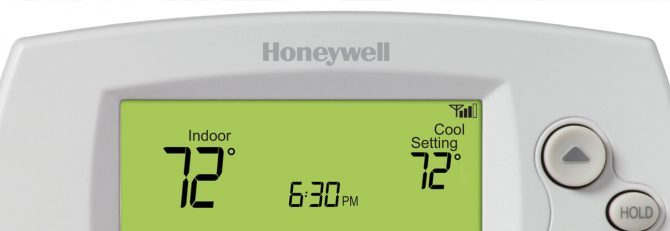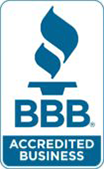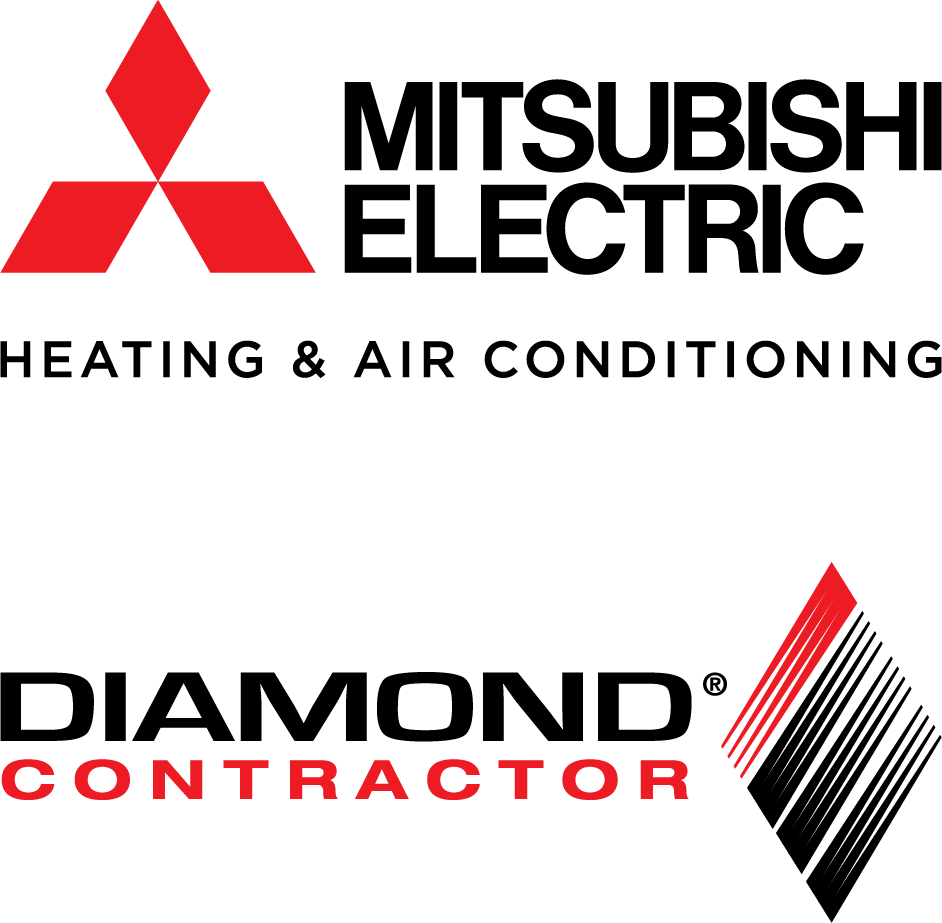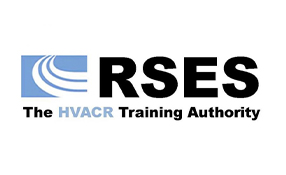Back to blog
Understanding the Thermostat: How to Take Complete Control Over Your Heating and Cooling System

With regard to your heating and cooling system, the hot topic of any season is whether you’re warm or cool enough. In short: Are you comfortable?
The follow up to that question: Is your heating and cooling system providing you with the comfort you long for in an efficient, and cost-effective manner?
Take into consideration that all three of those pieces (comfort, efficiency, and cost) are driven by one single device. What is that device? Please allow us to divulge:
The central force of any heating and cooling system is the control you use to activate it. There are a couple of typical options here:
1. The Classic Dial: The standard option is the thermostat dial that we’ve all seen at one time or another. You turn it to the desired temperature, and, if the temp dips or rises below that mark, your heating and cooling system responds. There are no bells and whistles here. It simply “is what it is.”
2. The Nest: From there the bar rises. One of the hottest trends on the market right now is the “Nest” thermostat. It has roused a cult following and has quickly become the “status symbol” of heating and cooling system controls. The Nest is sleek, and can be accessed and controlled similarly to a standard thermostat, but with a much more dynamic digital interface. It can also be activated remotely through applicable plugins downloadable to your handheld device (such as your phone, tablet, etc.)
When it comes to the temperature of your home (or business), these two options will suffice, but there’s a fundamental flaw that is shared by both of them that you may be overlooking…
Humidity.
There are two basic types of residential heating systems: water based (boiler) and air-based (furnace or heat pump). Residential air conditioning systems are primarily air-based. Your air-based heating and cooling system is made up of two basic components: The furnace and the coil/condenser. The first piece adds heat, the second removes it. Your air-based cooling system is also made up of a fan coil and condenser. The part that both of the aforementioned thermostats don’t deal with when cooling is high-moisture in the air when temperatures are moderate. During the cooling operation, removing moisture is a big piece that supports environmental comfort but the control you may be using isn’t communicating this to your system.
That’s why you need:
3. The Communicating Thermostat: Most commercially available heating and cooling systems have a proprietary communicating thermostat that is specifically designed to get your system working in the most efficient and cost-effective manner possible. While temperature control is important, so is controlling the humidity in the air. Controlling both with a single device is the ultimate in comfort support. Each “element” of the HVAC system is “controlled” to operate at its optimum level to provide comfort and efficiency based on individual comfort profiles. This is the “smart” technology you’re really looking for.
This technology allows you to control:
- Humidity levels
- Fan speed (variable)
- Temperature settings
- Ventilation
In addition, the Communicating Thermostat provides internal diagnostic information for each component to proactively fix problems prior to loss of heating or cooling.
The communicating, programmable thermostat allows you manage your heating and cooling system remotely from any handheld device (smartphone, tablet, computer, etc.). You’re saving money, energy, and headache by knowing that your system will be operating at peak performance. With a basic thermostat or the Nest product you only have the ability to turn your heating and cooling system on and off. With a Communicating Thermostat you’ve gained the ability to take full control of your environment – and that equals maximum comfort.
Contact us today to learn more!














